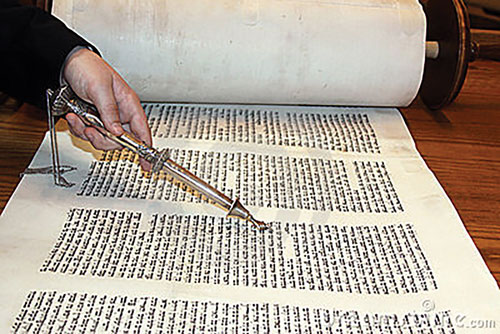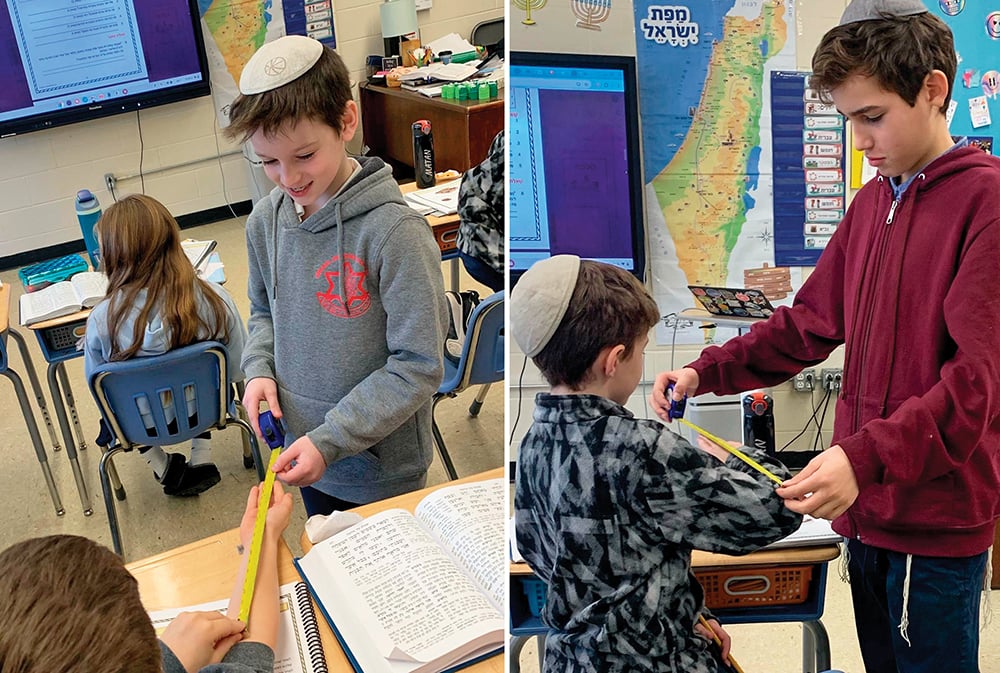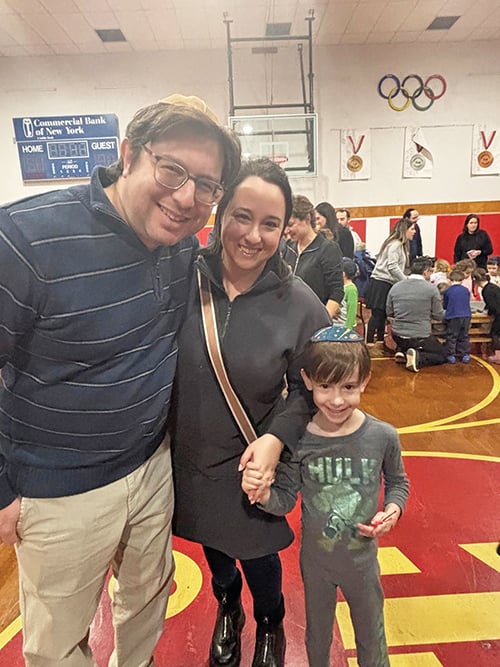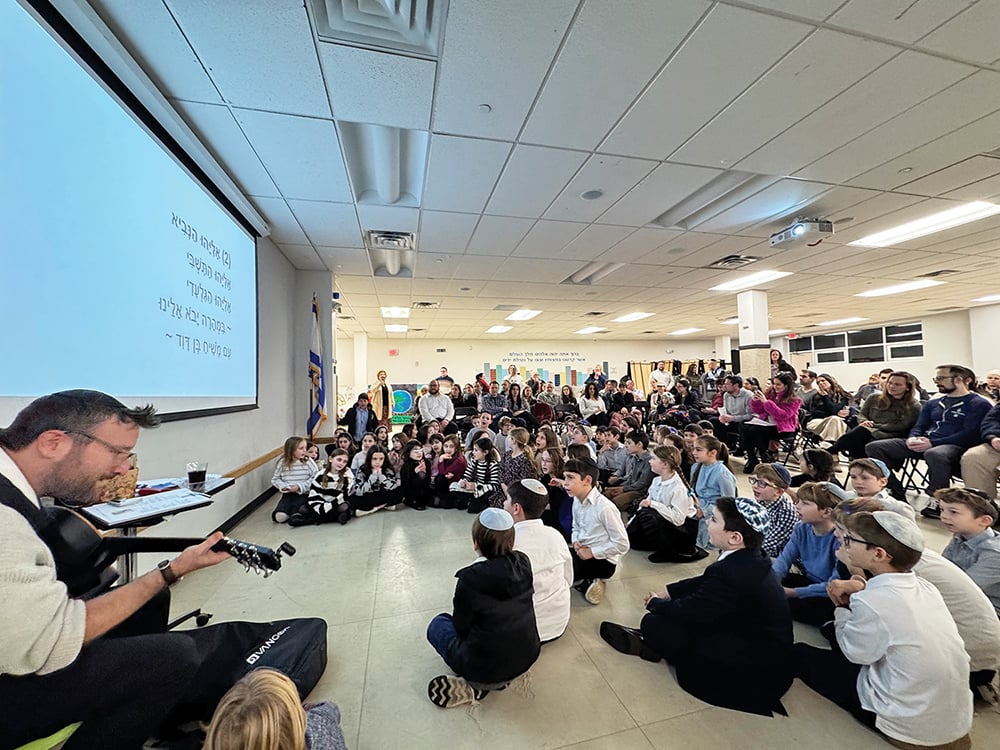.jpg)
If you type the words “bar bat mitzvah planning” into Google, you will get more than 2,000,000 hits. The websites that come up include almost everything you can think of, from trope software to teach your kids how to sing the service, to trips to Israel with private guides, party planners who will put you on a cruise ship, and people who will take millions to make you feel like you are throwing a birthday party for Malcolm Forbes.
As a parent, it’s your call, although it’s plain that many party planners expect parents to sit down with their ten year olds as if they were doing a focus group and give the kids whatever they want—appropriate or not. You name the theme, you can have it…but now there’s a backlash. Examine some of these websites and you will find that even the themes will stress Jewish history, people, culture and good deeds. A good planning site allows you to build a website for your guests at a nominal fee, and includes other useful features, whistles and bells. Built-in design themes, flash intros, music, videos, planning tools, photo albums, gift registry, “My Story Page,” friends and family pages, and all sorts of other stuff. They offer you a money back guarantee, too. If party planners are not your thing, there are software programs that will help you design your invitations, keep track of your guests, your expenses, your chores and your kid’s lessons.
About 18-14 months before your child’s event, you will want to have them choose their mitzvah projects. Sometimes these projects take coordination with outside agencies like Jewish Family Services or hospitals, schools and non-profit charitable organizations, and that takes pre-planning. That way, when their birthdays roll around, the kids can climb right onto the mitzvah bandwagon and fulfill their mitzvah obligations on a regular basis and have something meaningful to talk about in their speeches. If their mitzvah is related to their Torah portion, it somehow becomes that much more meaningful.
An organization like Jewish Women’s Archives, out of Brandeis University, can help you with bat mitzvoth where women in American Jewish history can inspire themes and projects. Mitzvah projects are generated in schools, in shuls and at Areyvut (www.areyvut.org), which encourages mitzah projects for all kinds of occasions. Caveat Emptor, though. There are so many choices when you get on the net, you may just want to pull your hair out, necessitating the buying of a wig or hat for the event.
In any case, you really do need to plan way, way ahead of time. You want to present something dignified, something you can be proud of. When you move into a new neighborhood, check with the local shuls you want to join and get the information regarding requirements for bar/bats—because each congregation is different. Most children in the Orthodox Bergen community learn the basics in yeshiva and work with private tutors and their parents. For parents working with their children, there are many programs to choose from on the Internet.
About three years before the actual bar/bat event, book the event in your shul, so you know you have it down. Once that’s out of the way, you can relax, but not for long.
Depending on your child, you may want to start lessons for davening, leining, reading the Haftorah, and developing a speech well-enough in advance so that your child can get it down smoothly, without stumbling. By the time they get to the bima, if you have prepared them enough, your children will sound like old pros. You should also consult your rabbi about finding a teacher who can work with your child in an agreeable and friendly way. Only you can judge how much time it will take for your child to learn all the material you want him or her to present and only you know how much money you can spend on lessons.
Depending on how you view the importance of the bar/bat mitzvoth, you can determine how much “work” your child will do—and it also depends on what you have planned for your weekend program. Typically, one looks like this in the more traditional manner and it really depends on how much your rabbi allows or wants done, too:
Friday night:
A child can:
Lead the Kabalat Shabbat Service
Greet guests at the Oneg Shabbat
Make Kiddush and Motzi at the Friday night meal
Make a speech
Lead grace after meals
Shabbat in Shul/Lunch
A child can:
Lead the congregation through all or part of the Sacharit service.
Read the entire Torah portion or part of it
Read the Haftorah
Make a speech
Conclude with the Mussaf service
Make Kiddush and the Motzi at the collation and again at the luncheon reception
Make another speech related to the Torah portion or a Talmudic discourse
All of this is intertwined with family and rabbi’s speeches, toasts, singing, dancing and all the rest. The child may also do the Havdalah service at the close of the Shabbat.
Once Shabbat is over, it’s all up to you and/or your party planner.
GETTING SERIOUS
Think about budget. Don’t forget to account for invitations, musicians or DJs, entertainers, photo and videographers—all take deposits and need lead-time. The dressmaker, haberdasher or dress shop also need time to get you what you’d like to wear, especially if people in your family are hard to fit. Barbers and hairdressers, makeup technicians all require advance booking. The more in demand they are, the more important it is to plan ahead.
Take a count of a possible guest list, and don’t forget to include classmates and their parents and your business associates. Once you have the numbers roughly figured out, you will need to find a hall or venue that can hold all your guests, along with a dance floor, a sound system and any other amenities you will need to fulfill your ideal bar/bat fantasy. Then you need to talk to the caterer or restaurant managers and a local hotel if people will be traveling to be at your event. Have phone numbers for taxis, airport limos and car rental services ready, in case you need them.
Anything personalized—kippot, siddurim, benchers, throw blankets, baseball caps, t-shirts, mugs—also need to be ordered in advance. (Try www.levinejudaica.com and www.judaica.net and see what they offer. www.cafepress.com will print anything on anything.)
If some families want to create a “This is Your Life” photographic and printed biography of the mitzvah child, that would need at least six months prep time with a graphic artist, typesetter and printer—and can go to “press” once the invitations are printed, so that they can be included.
Give relatives advance notice if they will be given kibbudim, so they can prepare if necessary.
PARTY TIME
Now it’s time to get serious about budgets, caterers and themes, venues and scope, guest lists, amenities, party favors, music, photographers and all the other stuff that generates 2,000,000 websites on the Internet—especially for the do-it-yourselfers who want to use interesting paper plates and party favors that won’t break the bank. Check out http://www.partymerchant.com/mitzvah.htm
In the real world, most parents really don’t want to know what their ten year olds prefer—except for their favorite themes and colors. Parents should stay realistic and try to keep things on a level that shows their children they respect the dignity of the occasion.
One of the most popular themes for boys is sports, and the girls favor color combinations—like pink and purple, instead of themes, though it has been reported that a shopping theme has appeared …with labeled shopping bags, shoe boxes and other packaging used as centerpieces…
Once the bar/bat mitzvah is over, you can throw one heck of a fun birthday party for the kids who just went through all that hard work to commit themselves to Yiddishkeit. They do deserve a reward…and skating parties, boat rides, white water rafting, bowling, and even hang-gliding are great ways to have fun and celebrate an emerging teenager’s birthday. But such a party really has nothing to do with a bar/bat mitzvah—unless of course, you decide that the reception is formal and contains its own rituals, candle-lighting ceremonies, cake cuttings, and other ways to interact with and honor extended family members and guests.
Such receptions, usually held in a hall, and lend themselves to Jewish historical and cultural themes. Centerpieces can be model synagogues from Eastern Europe, flowers or crafts made in Israel…
Think things through. What is the message you want to send? Make sure your themes don’t cause a disconnect—or a revolution with the rabbi and more traditional members of your family. That being said, there are so many exciting themes that can be lifted straight from the Torah, from Bereishis to Dovid Hamelech. You can wander in the desert with camels, as did Avraham and those who came later; play Daniel in the lion’s den, or get swallowed by a whale. Young girls can look to Miriam, Yudit, to Devorah, to Bruria, and to Donna Gracia Mendes for inspiration. Kids can split the Red Sea, play Moses and get the 10 Commandments, bring down the walls of Jericho, wrestle with angels, free the Jewish slaves in Egypt and come up with almost anyway to give the story a contemporary twist. Tell it like it’s a video game, with all the sound effects…There are 52 weekends in a year, and there are at least 52 themes in the Tanach alone to choose from. With imagination, you can actually make these themes fun.
If putting the mitzvah back in is just too dull and boring, there are always Jews in sports to kick it up. Still another angle would be to make things a little more international by choosing the theme from cities spanning the globe, where Jews once lived and made a difference, then creating menus, music and programs to match. Weaving in the theme of the week from the Torah wouldn’t hurt.
For example, the island of Curacao is rich in Jewish history, has a rather Dutch-Caribe fusion in food and a unique culture that can spice up any event. The same can be said of Recife, Istanbul, Cairo, Kaifeng, Kobe, Moscow, Paris, Toledo, Rome, Saloniki, and even cities in India. The list is endless, and if your family comes from an unusual place, using the cuisine and culture makes your event that much more interesting, while teaching your child about your family. Jewish history in those cities is the background theme, and you can play with the menus, décor and music to make things even more exotic.
More contemporary themes can center on Israeli and Jewish heroes, and intellects like Albert Einstein—the theory of relativity for the local math genius. Among “people themes” can be Yonathan Netanyahu, Golda Meir or Moshe Dayan. If you like outer space, use the Creation of the world, and mix in a little bit of Carl Sagan, the astrophysicist, too. You can throw that party at a Space Odyssey in Englewood. Jewish doctors date back to Maimonides and include Madame Curie, Jonas Salk, Rosalind Yallow and so many others who changed the way we live. If we look to characters from Yiddish culture, the list grows even longer. An American-Jewish comedy theme could be a terrific idea!
As always, you are limited only by your imagination. Read your child’s Torah portion, talk to the rabbi about some of the themes that can be drawn from it. See if that theme relates to something in the contemporary world or your family’s history. Use those elements to create an exciting and meaningful experience for your child, your guests and your community.
By Jeanette Friedman













